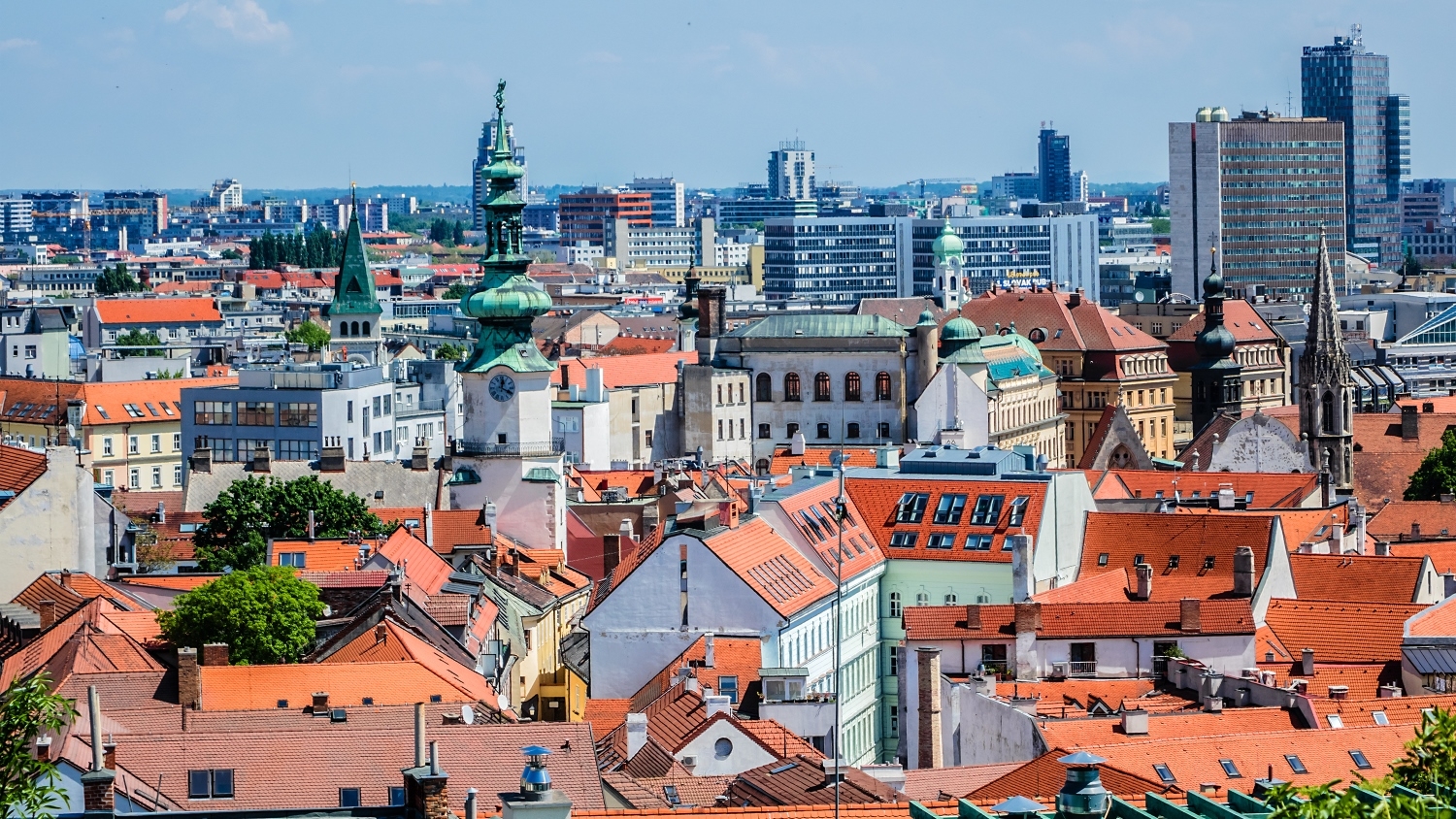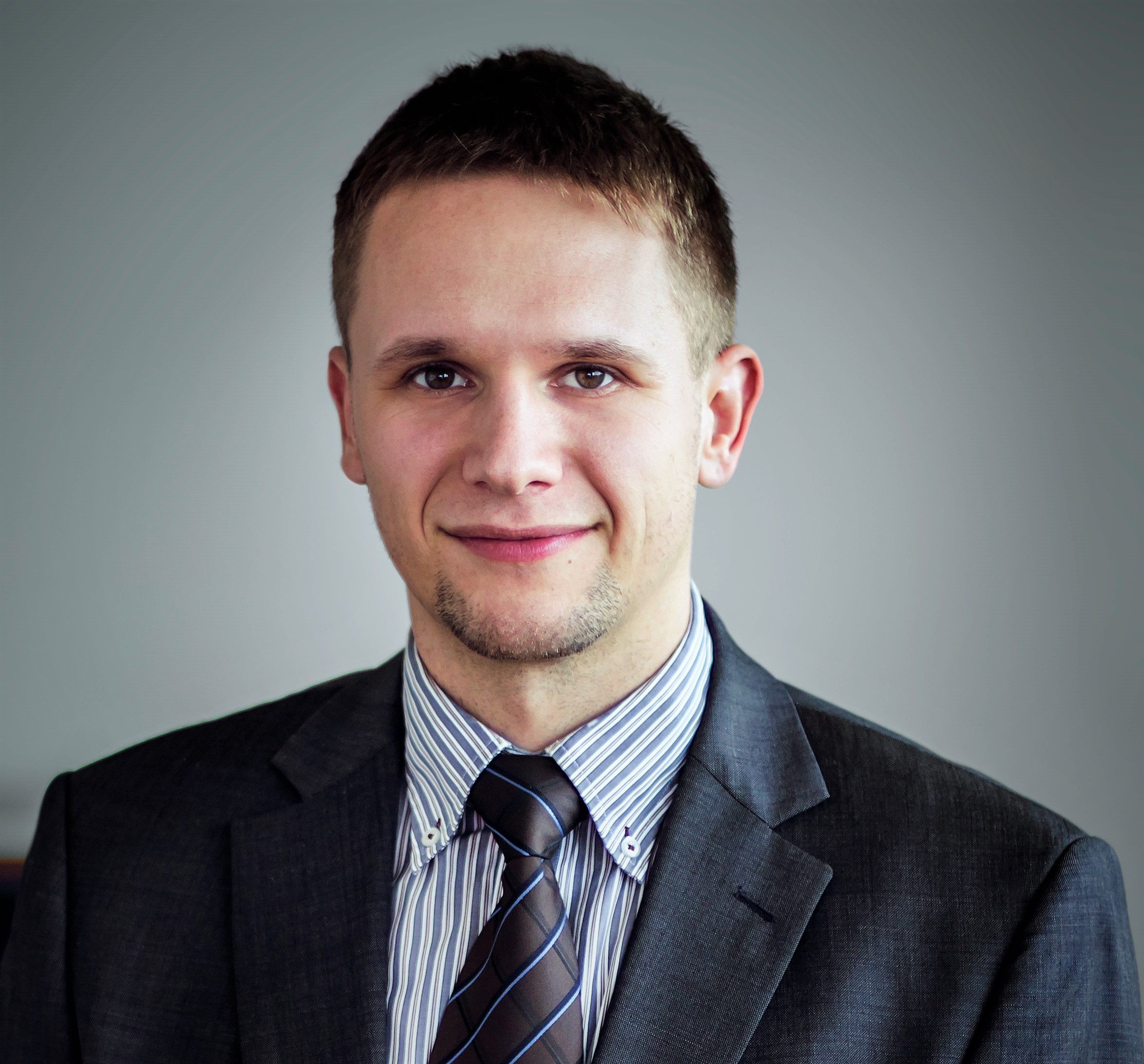
In 2018 we are likely to see new investors entering the region. However, at a time when the global allocation of capital is changing rapidly, it can be difficult to identify where a new investor is coming from. Marián Fridrich, Head of Transactions at IAD Investments talked market expectations and investment strategy.
How would you summarise IAD’s property investment strategy?
Up until now our fundraising primarily focuses on retail clients and this determines our strategy to be rather conservative or in property terms “core”. We invest in income-producing assets while diversifying on the basis of geography, asset class, tenant mix, etc. The main goal is to deliver stable returns adequate for the risk profile of the funds. However the compression of yields across the board over the last couple of years forced us to broaden our perspective in terms of assets and structures to invest in and to expand our activities to all CEE markets.
What are your expectations for Slovakia’s property investment market in 2018?
From the investment perspective, I think we may see an increase in the number of transactions compared to 2017. In perspective of volume 2017 was substantially lower than in 2016 in contrast to the rest of CEE. I see a chance to make up for this since some of the transactions that started in 2017 did not close yet. On the other hand, I don´t know of any large lot size deal underway in Slovakia that could significantly shift the total volume upwards in contrast with 2017.

Do you expect new investors to enter the market this year?
It depends on how you characterize “new investor”. The shift in the global allocation of capital to real estate and to this region brings more foreign capital to CEE, however, it is often deployed indirectly via platforms which originate in European or US, though the capital itself originates elsewhere, for example in the Middle East or Asia. This makes the identification of “the investor” for particular deal tricky. But I believe we may see some investors that are new to the Slovak market entering this year.
Do you think that the importance of domestic capital and the number of cross-CEE transactions will continue to increase?
In recent years a number of investors from the Czech Republic entered the Slovak market and vice versa particularly thanks to the cultural, historical and language similarities. The importance is definitely growing, for example, according to C&W´s recent publication in the Czech Republic domestic capital had the highest proportion. The story is not the same across the whole region but the trend is clearly rising.
In your opinion, which CEE country offers the best opportunities for investors at the moment?
It is subjective depending on what do you consider an “opportunity”. If we are talking about capital value growth this has already occurred across the region as a result of the contraction of the yield curve. Occupier markets, on the other hand, are not alike for example statistically Warsaw is in its lows for prime office space which may be interpreted as a reason for growth in the future in contrary to Prague where office development currently seems to lag behind the demand creating upward pressure on rents now. It also depends on whether we are buying or selling.
How have financing conditions changed in the past 12 months?
Not much I would say. Taking into account rate hikes in the US, a decrease of bond buy-back amounts by ECB and looking at EURIBOR Swap rates curve it is clear the tide is changing. Banks are no longer willing to cut the margins further down. Also, pressure on the banks to use hedging of interest rates will be increased thus lowering total leverage limits on a case by case basis. This will ultimately influence investments as many investors are working with leveraged returns when making acquisition decisions.
In your opinion, where are we in the current property cycle?
I wish I knew. Cycle theory and statistical data suggest this cycle may be close to a mean in terms of its duration, however historically there were also cycles much longer than this one. At the moment I can´t name any specific factor I would know to have the ability to turn the cycle around and initiate downturn but also none that would be a reason to believe in further growth. A flat curve is the likely scenario in the short term.



